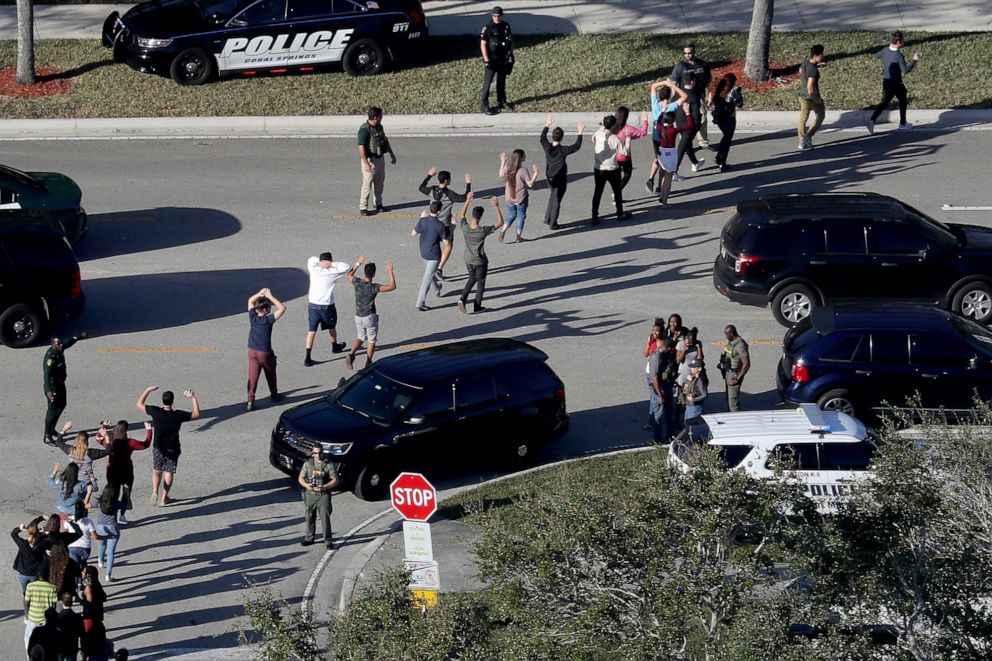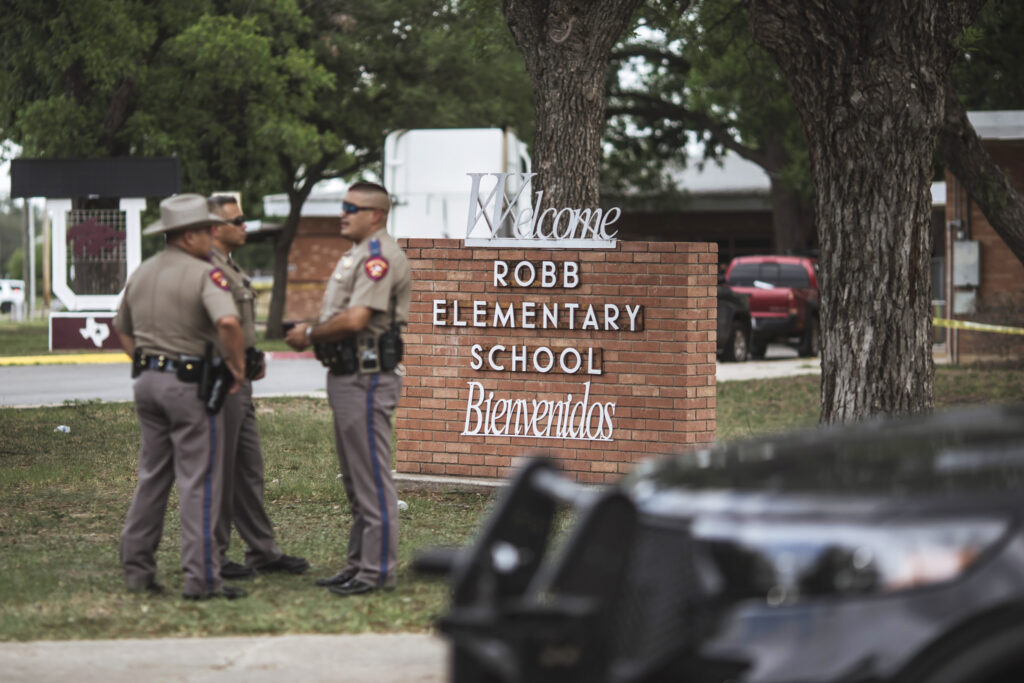
Understanding the Motivations
To address the issue of school shooters effectively, it is vital to comprehend the motivations behind these tragic acts. While no two cases are identical, several common factors have been identified:
Many school shooters exhibit signs of mental health issues, such as depression, anxiety, or personality disorders. However, it is crucial to note that the majority of people with mental health challenges do not engage in violent acts. Identifying and providing appropriate mental health support is a key component of prevention.
Some school shooters have experienced prolonged bullying or ostracism, leading to feelings of anger, resentment, and a desire for revenge. Creating a more inclusive and empathetic school environment can help address this issue.
Easy access to firearms can turn an individual’s violent fantasies into a deadly reality. Stricter gun control laws and responsible gun ownership play a significant role in reducing school shootings.
Some shooters are drawn to the notoriety that past attacks have received in the media. The media must exercise responsible reporting to avoid unintentionally glamorizing the perpetrators.
Recognizing Warning Signs
Preventing school shootings begins with identifying warning signs and intervening when necessary. Some common indicators that an individual may be at risk of becoming a school shooter include:
A sudden and noticeable withdrawal from social activities, friends, and family can be a cause for concern.
Frequent displays of intense anger or aggression, often with a fascination with violence, may indicate a problem.
An unhealthy obsession with firearms, explosives, or violent video games can be a red flag.
Threats or concerning statements posted on social media or in personal writings should not be dismissed lightly.
A drastic decline in school performance or attendance may be an indication of distress.
Addressing the Complex Issue of School Shooters: Causes, Prevention, and Solutions
The term “school shooters” brings to mind a horrifying and deeply disturbing aspect of modern society. These acts of violence have shattered communities, leaving lasting scars on survivors and families. While the mere mention of this topic is unsettling, it is essential to delve into the factors contributing to school shootings and explore potential solutions to prevent them. In this blog, we will examine the causes, warning signs, and preventive measures associated with school shooters, aiming to shed light on this complex issue and promote a safer future for our schools and communities.

Serial killers’ motives can vary widely, but they can often be categorized into a few distinct types:
Preventive Measures
To address the issue of school shooters, a multifaceted approach is necessary. Here are some preventive measures that schools, communities, and policymakers can take:
Mental Health Services: Schools should invest in comprehensive mental health programs that provide counseling and support for students struggling with emotional or psychological issues.
Bullying Prevention: Implement anti-bullying programs and foster a culture of respect and inclusion in schools. Encourage students to speak up about bullying they witness.
Firearm Control: Advocating for stricter gun control laws and safe storage practices can significantly reduce the likelihood of school shooters gaining access to firearms.
Security Measures: Improve school security with measures such as controlled access points, surveillance cameras, and security personnel. However, avoid turning schools into prison-like environments, as this can have negative effects on students’ mental health.
Media Responsibility: Encourage responsible media reporting that focuses on the victims and the consequences of such acts rather than the shooters themselves.
Community Involvement: Promote community engagement and support networks to ensure that individuals who are struggling can find help and understanding within their communities.
Addressing the complex issue of school shooters requires a multifaceted and comprehensive approach. We must strive to understand the motivations behind these acts, recognize warning signs, and actively engage in preventive measures. By focusing on mental health support, anti-bullying programs, responsible gun control, and media responsibility, we can work towards a future where schools are safe havens for learning and personal development. It is important to remember that while the topic of school shooters is deeply unsettling, discussing it openly and seeking solutions is an essential step towards a safer and more secure environment for our students. Together, we can make a difference by promoting empathy, inclusivity, and responsible action to prevent future tragedies.
